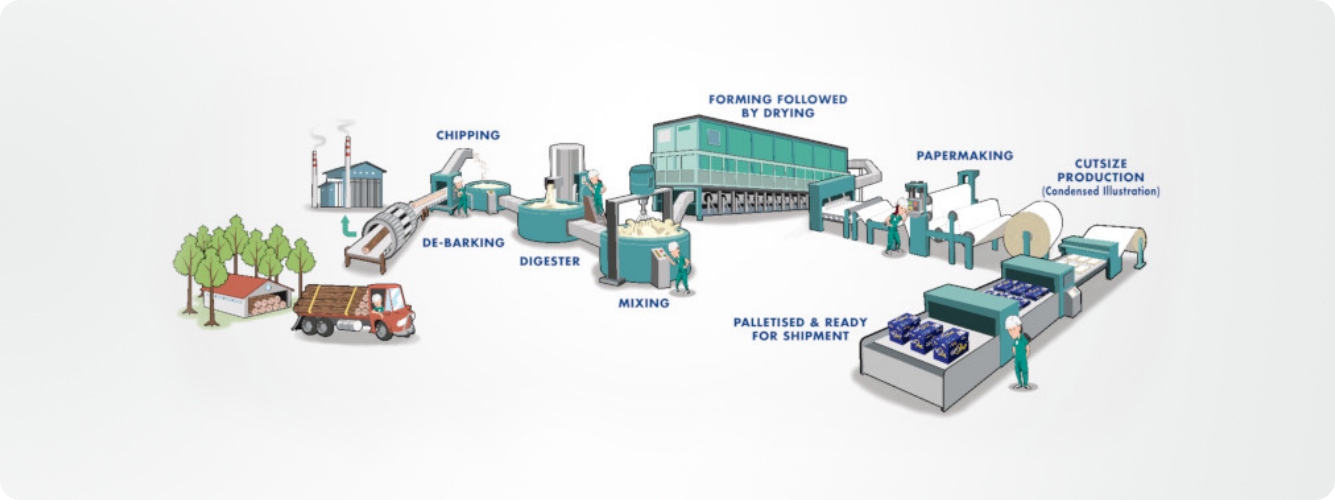Project Title:Bleach Application of a Textile Printing and Dyeing Co., Ltd. in Zhejiang Province
Application Processes:The user purchased our HP-ALK-20 series products for bleaching pure cotton fabrics, with a concentration of 3% -3.5%.
Usage Effect:After users use our products, the dilution ratio process of hydrogen peroxide has been reduced, avoiding the risk of hydrogen peroxide storage. The bleaching whiteness of the product has increased by 5%, and the usage cost has decreased by 5%.
